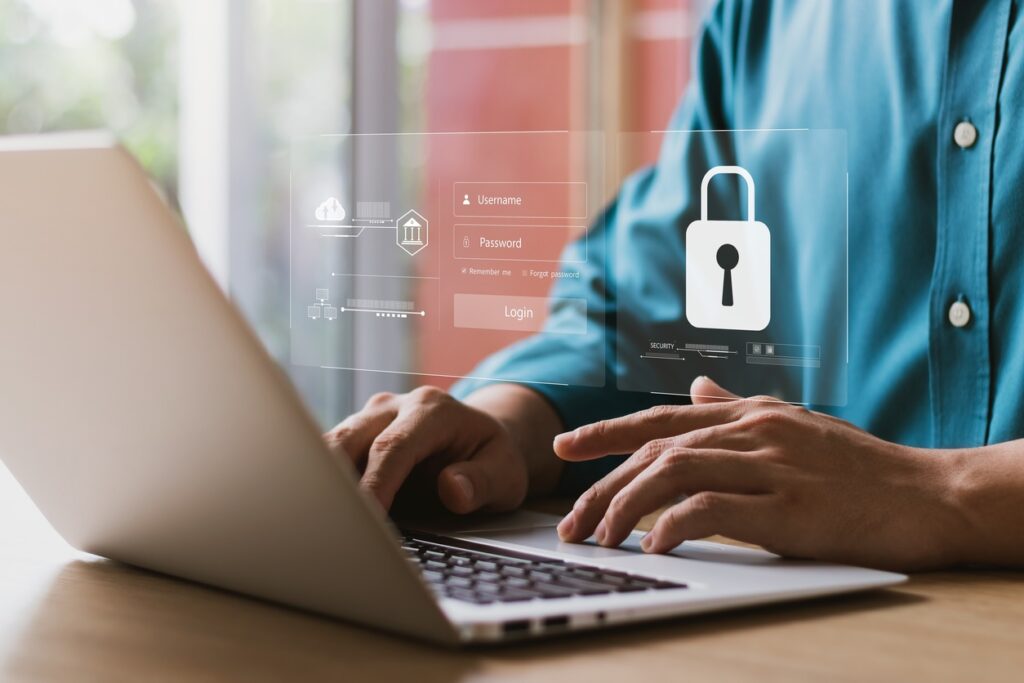With the rise of remote work, protecting sensitive data has become a critical concern for individuals and organizations alike. One of the fundamental practices for safeguarding data in remote work environments is to use secure, encrypted connections when accessing company resources. Virtual Private Networks VPNs are essential tools that encrypt internet traffic, making it difficult for cybercriminals to intercept data being transmitted between remote workers and company servers. Employees should be required to use VPNs whenever accessing corporate networks, especially when working from public or unsecured Wi-Fi connections. In addition to VPNs, utilizing secure Wi-Fi networks at home with strong, unique passwords and up-to-date router firmware adds another layer of protection. Ensuring that home networks are secure helps prevent unauthorized access to sensitive work data and minimizes the risk of cyber-attacks targeting home devices. Another key practice for protecting data in remote work environments is the implementation of strong access controls and authentication measures.

Multi-factor authentication MFA should be mandatory for accessing company systems, applications, and data, as it significantly reduces the likelihood of unauthorized access even if login credentials are compromised. MFA typically requires users to provide additional verification, such as a one-time code sent to a mobile device, along with their password. This added security measure helps ensure that only authorized individuals can access sensitive information. Additionally, remote workers should have access only to the data and systems necessary for their job functions, following the principle of least privilege. This minimizes the potential damage if an account is compromised. Organizations should also regularly review and update access permissions to ensure that former employees or contractors no longer have access to company resources. Educating remote employees about cyber security best practices is crucial for maintaining data security in a dispersed workforce. Regular training sessions on topics such as recognizing phishing emails, avoiding suspicious downloads, and managing secure passwords help build a culture of security awareness. Employees should be encouraged to report any suspicious activity immediately, enabling quick action to mitigate potential threats. Remote workers should also be guided on how to securely store and manage company data on their devices, including the use of encrypted storage solutions for sensitive files.
Ensuring that devices are equipped with updated antivirus software and firewalls can provide additional layers of defense against malware and other cyber threats. Moreover, implementing data loss prevention DLP tools can help monitor and control the transfer of sensitive information, preventing accidental or intentional data leaks. Overall, Protecting your Data in remote work environments requires a multi-layered approach that combines technology, access control, and user education. By using secure connections, enforcing strong authentication methods, and fostering a culture of cyber security awareness, organizations can significantly reduce the risks associated with remote work. Regularly updating security policies to adapt to evolving threats and ensuring that all employees understand their role in protecting data are essential steps in maintaining a secure remote working environment. These practices not only help protect sensitive information but also build trust and confidence among remote workers, clients, and stakeholders.
